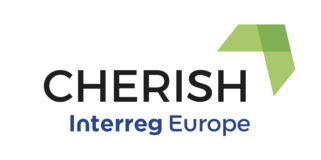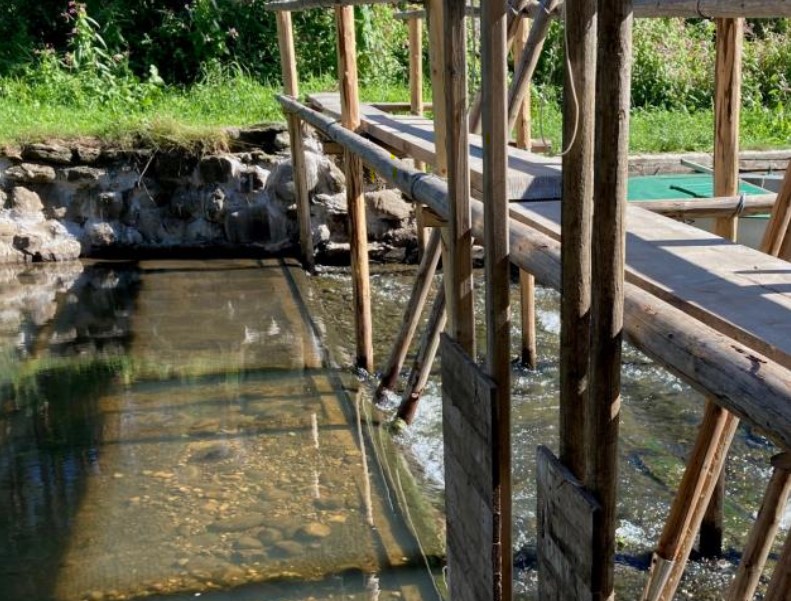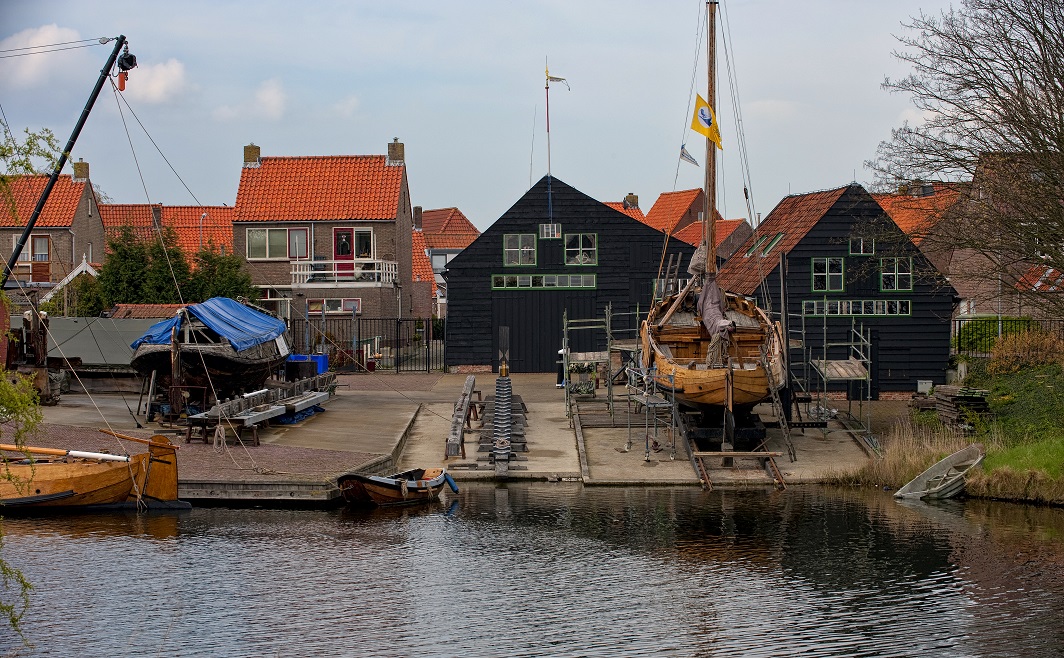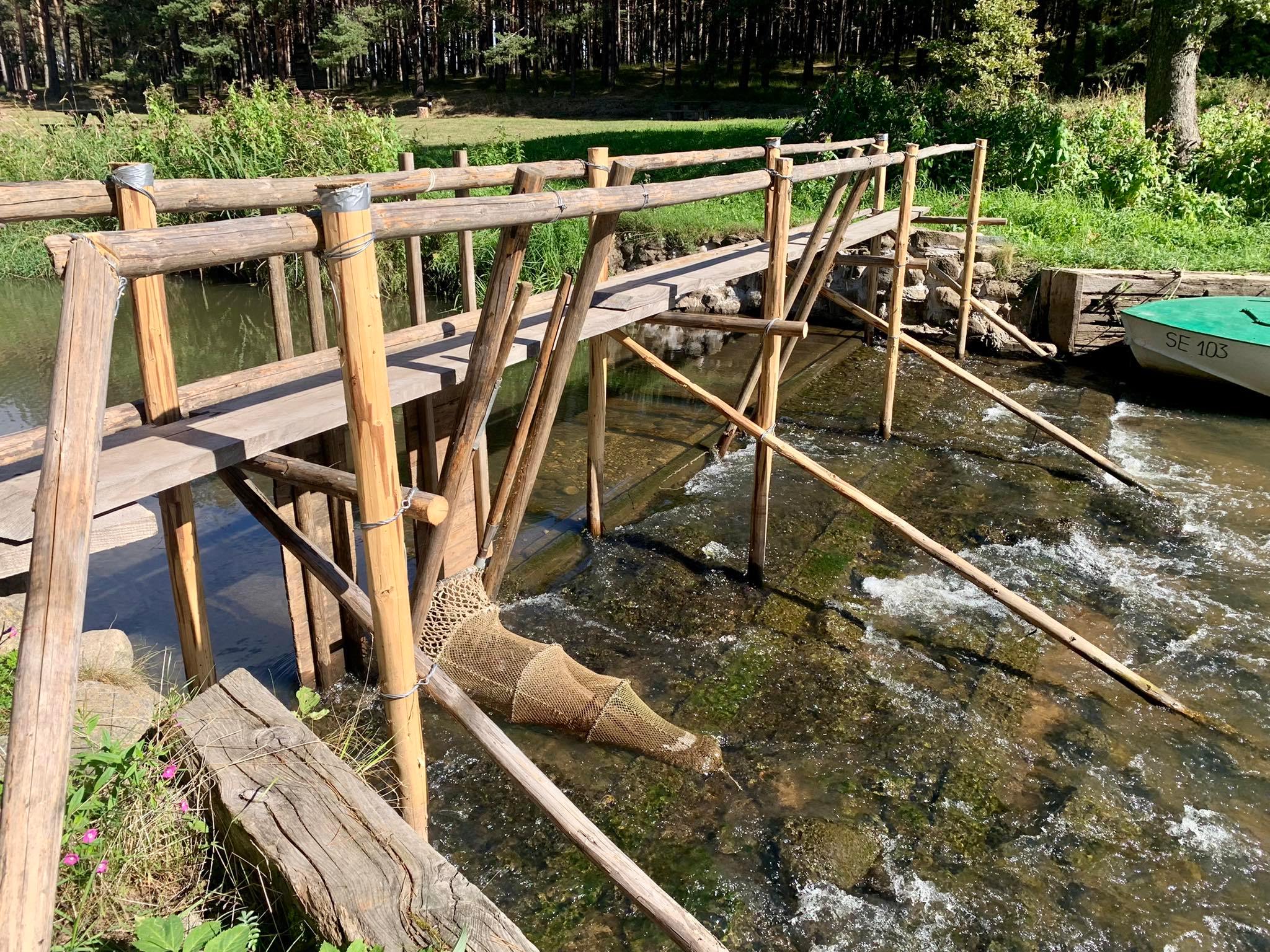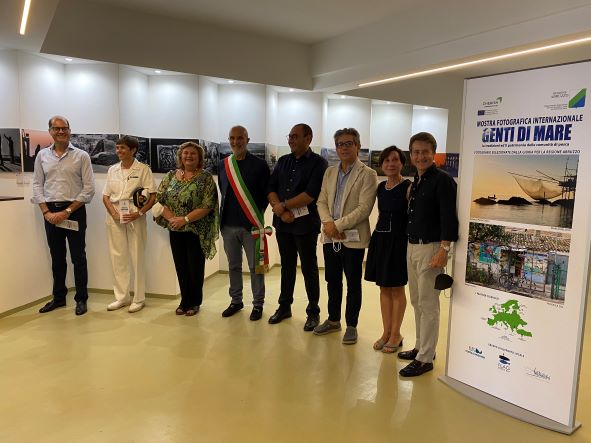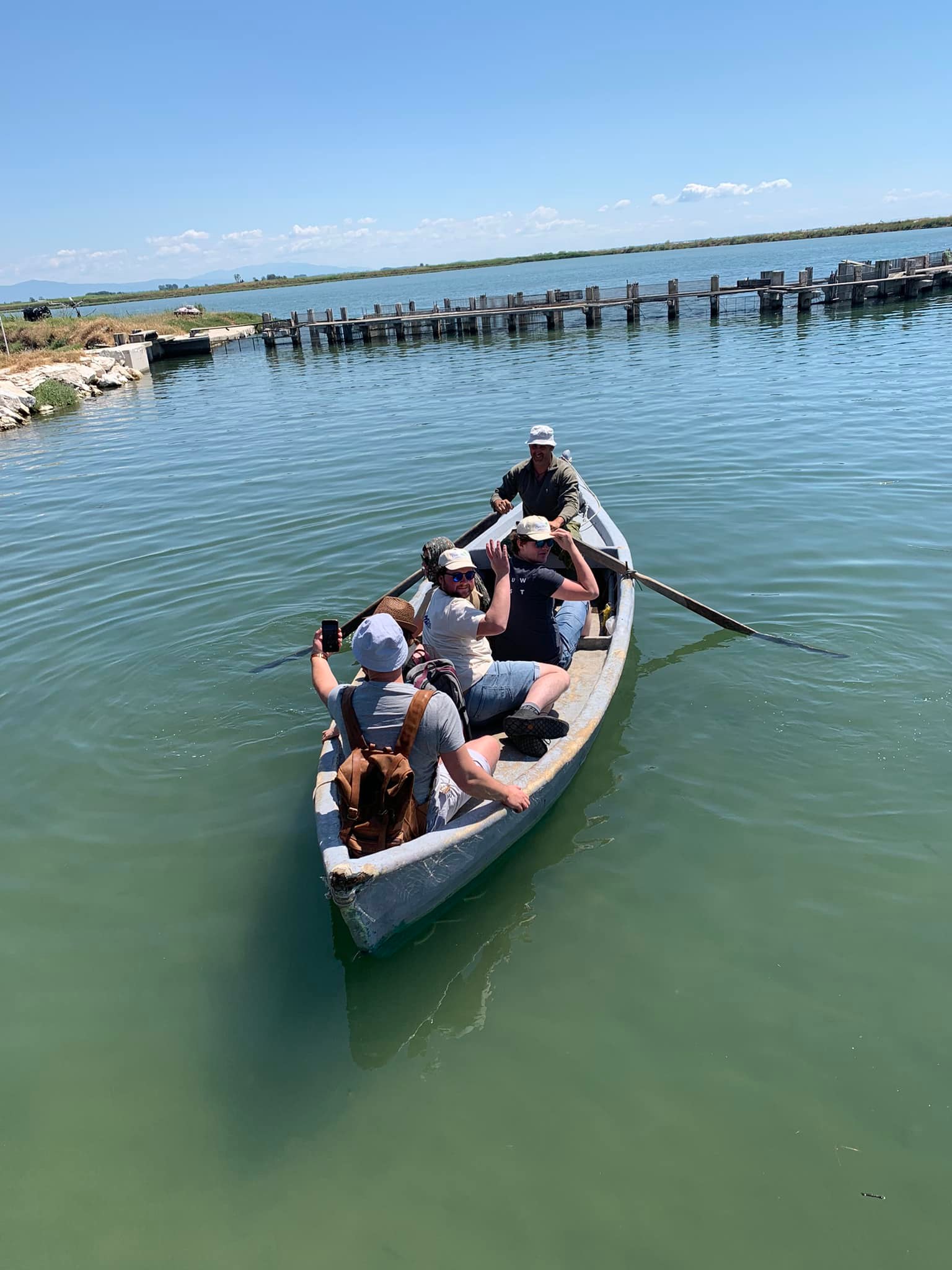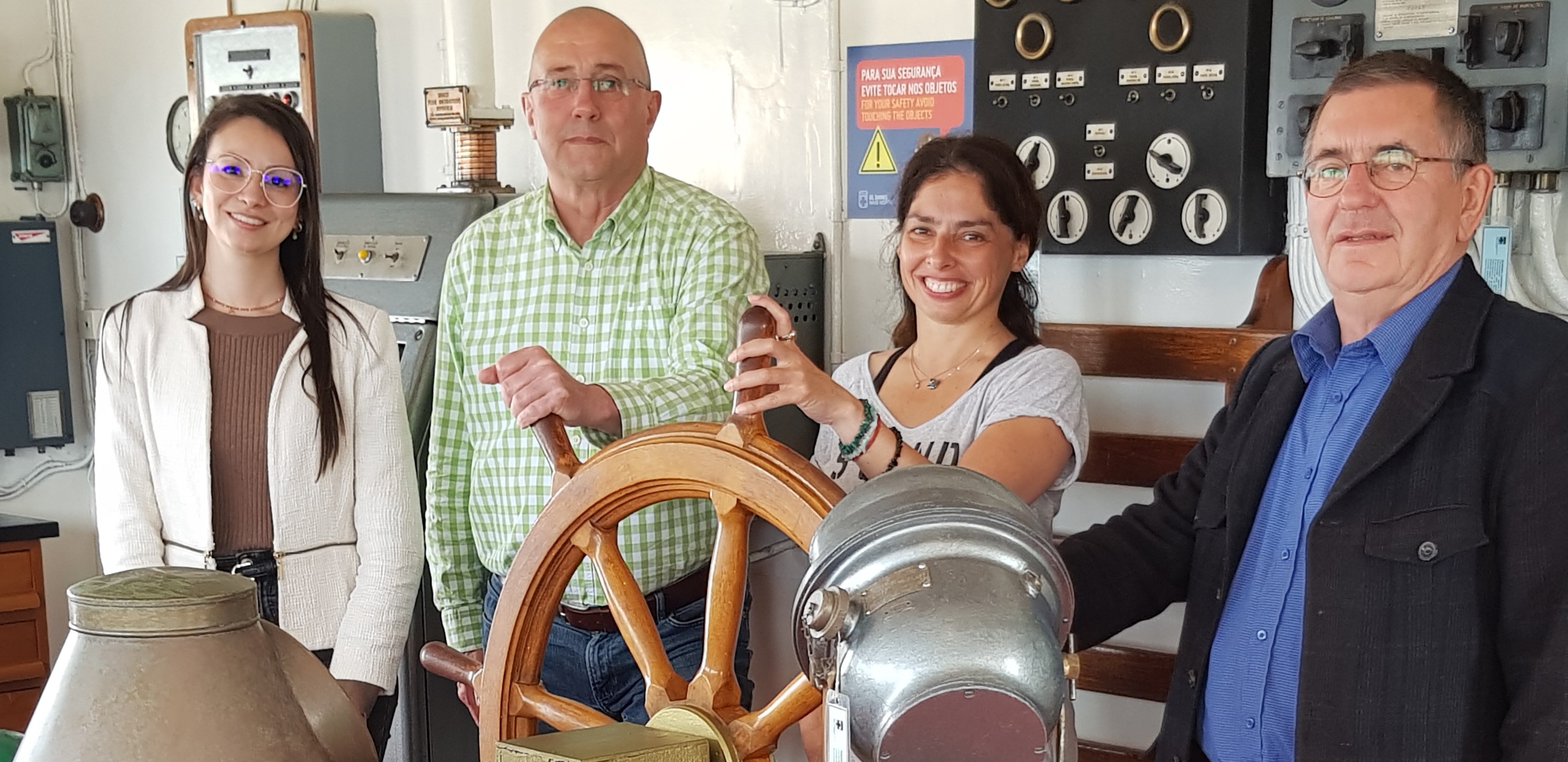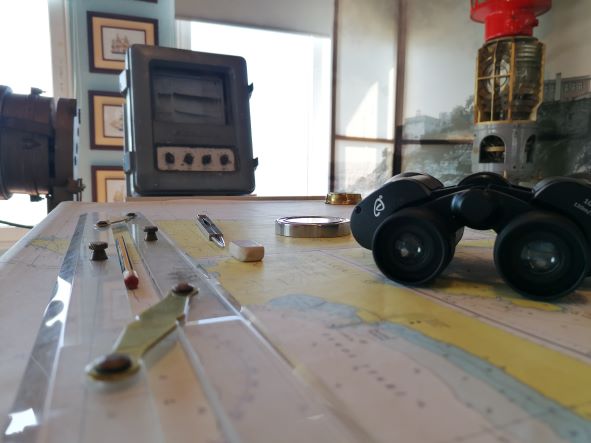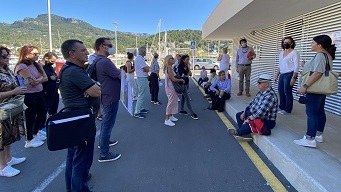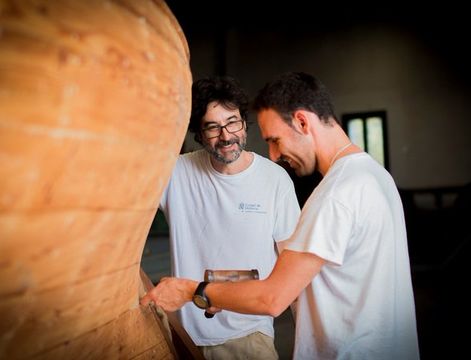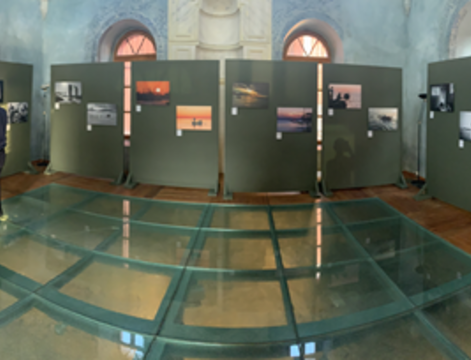CHERISH partner Cim Alto Minho organised the fourth Interregional Learning and Exchange of Experience Event (ILEEE 4). It took place in Viana, and surrounding fishing communities, in the north of Portugal.
For three days, partners and their stakeholders discussed the policy instrument ROP NORTE 2020, and different initiatives that contribute to the promotion of cultural heritage. Projects and good practices were studied, especially those that resonate well with the other regions.
Good practices
A good practice that appears to be easily transferable to other places is the project AMAReMar. The project provides social support and aims to provide a sense of belonging. It organises events that connect different groups of people, one of these groups being fishermen. The approach may apply to other traditional crafts as well; the seaweed harvesters could organise an activity or festival during which Saragossa is presented as an important aspect of traditional life in the region and as an interesting product and craft to view and experience for visitors.

The production of canned fish in a traditional manner has never stopped in the region and shows its viability as a commercial product, but a great part is sold internationally instead of locally. Promotion of the canned fish as a local product can add value which will help create the financial results for the fishing industry to continue production. Furthermore, the added value will increase the local population's appreciation of their own fish stock and the whole industry.
The Aquamuseu do Rio Minho combines an aquarium and a museum which helps to attract both adults and children, which has contributed to the museum becoming a major tourist attraction in the region. The partners found the museum well organised and its efforts definitely help in preserving the ethnographic heritage of the river and traditional fishing, but it was noted the accessibility can be improved by providing information in English as well.
A visit was also paid to the “Navio Gil Eannes”, a former Portuguese hospital ship which now functions as a museum. The museum contributes to the preservation of the collective memory of the cod fishermen and the sense of belonging for all the villagers who have known someone who was treated on the ship. The fact that it has been moored at a prominent place in the harbour also helps in preserving regional cultural heritage and promoting it to the outside world.

Some Lessons learned during this ILEEE are:
- A sense of belonging is an important aspect for the promotion and preservation of cultural heritage.
- Museums are an important means to safeguard traditional knowledge and crafts which would otherwise disappear, but theconnecttion with and the involvement of stakeholders is maybe even more important.
- Tourists and visitors can get to know the regional cultural heritage outside the museums as well.
- Information needs to be available in different languages.
- The market for traditional products can be differentiated in more ways than previously thought of, e.g. the seaweed could be sold again for gastronomic or cosmetic purposes.
Cim Alto Minho and the CHERISH partnership were very pleased to welcome Mrs. Rosa Cortez of the Managing Authority responsible for ROP NORTE 2020. The Regional Operational Programme focuses on delivering policy measures which could eventually benefit fishermen and their cultural heritage. But even though Axis 4 of the Regional Operational Programme covers the protection and promotion of cultural heritage, it lacks a clear strategy for fishing communities. Mrs. Cortez therefore emphasised that the communities should come up with good ideas, in order to provide funding. It is up to the CHERISH partners to continue pushing for policy reform with the help of examples of all the good practices that have been identified.
All in all, ILEEE 4 turned out to be very interesting and well organised!

